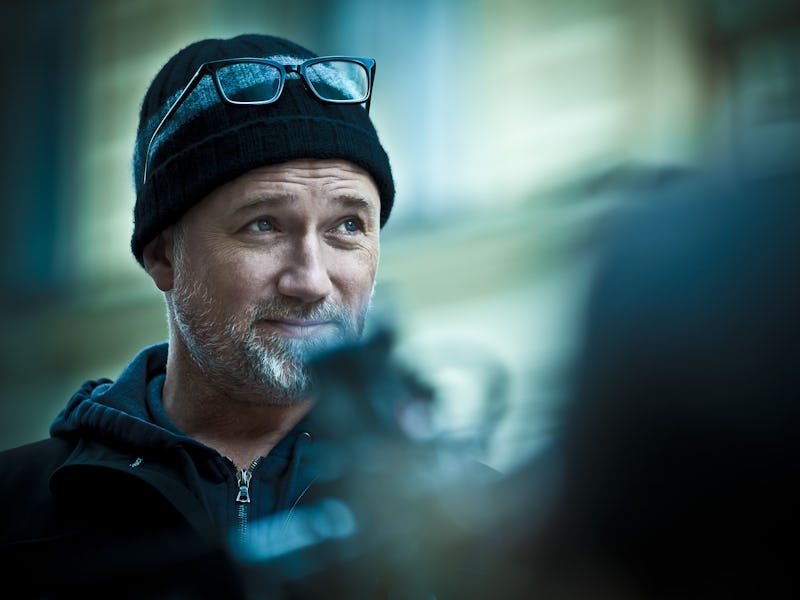In Another Timeline, David Fincher Would’ve Made A “Creepy” Harry Potter Movie
The Social Network director was one of many to pitch a unique vision for the franchise.

David Fincher is one of the most venerated American filmmakers alive, so it only follows that he’s one of the most in demand. For every amazing film he’s made, there’s another potential project that never left the development stage. The director has been up for plenty of jobs in his decades-spanning career, the bulk of which might surprise the average Fincher lover. As most of his films lean darker and more “auteur” than his contemporaries, it’s not easy to imagine Fincher taking on a commercial franchise. In truth, though, the director’s been considered for quite a few. Had his vision aligned with Warner Bros. in the early 2000s, he might have been the one to helm the most beloved fantasy franchise of all: Harry Potter.
In a recent interview promoting the 4K restoration of Seven, Fincher got candid about his tenure with popular IP. Though he’s got a reputation for being choosy with franchise work, he’s open to any project as long as the story aligns with his sensibilities. He was drawn to Gone Girl “in spite of the fact that it was a bestseller,” and boarded The Social Network because it had “a script that you couldn’t put down.”
“I don’t know how I choose things to be involved with,” Fincher told Variety, “but you get a hankering where you go, ‘I’d like to see this, and I’d like to see it done this way.’”
Fincher does have a unique vision, one that could heighten even the most straightforward stories. His version of Gone Girl or The Girl with the Dragon Tattoo is totally singular: no other filmmaker could interpret those novels in a similar way. That’s a large part of Fincher’s appeal — but it didn’t exactly help when he pitched his vision for Harry Potter and the Sorcerer’s Stone.
Fincher’s pitch for Harry Potter would have embraced the “creepy” vibes of the source material.
“I was asked to come in and talk to [Warner Bros.] about how I would do Harry Potter,” Fincher recalled. “I remember saying, ‘I just don’t want to do the clean Hollywood version of it. I want to do something that looks a lot more like Withnail and I, and I want it to be kind of creepy.’”
The studio, of course, had a very different aesthetic in mind. Though the Wizarding World boasts its fair share of off-kilter, “creepy” vibes, Warner wanted to lean more into the cozy dark academia within J.K. Rowling’s novels. “They were like, ‘We want Tom Brown’s School Days by way of Oliver,’” continued Fincher.
Warner would eventually achieve that balance with Chris Columbus. In the ‘90s, the director had emerged as a titan of whimsical, family-friendly adventures, thanks in part to the Home Alone films and the beloved Mrs. Doubtfire. (It didn’t hurt that he was also incredibly eager to helm the franchise.) He’d go on to direct the first two film adaptations, Sorcerer’s Stone and Chamber of Secrets.
With the third installment in the saga, the Harry Potter franchise tipped into darker territory — territory that, ironically, would have been perfect for Fincher. At that point, however, the director had moved on, leaving the door open for the eventual Prizoner of Azkaban director, Alfonso Cuarón, to take the franchise in a darker direction. We may never know what Fincher’s version of Harry Potter would look like (unless he directs an episode or two for the HBO reboot), but given the commitment that the franchise would have demanded, it’s probably for the best.